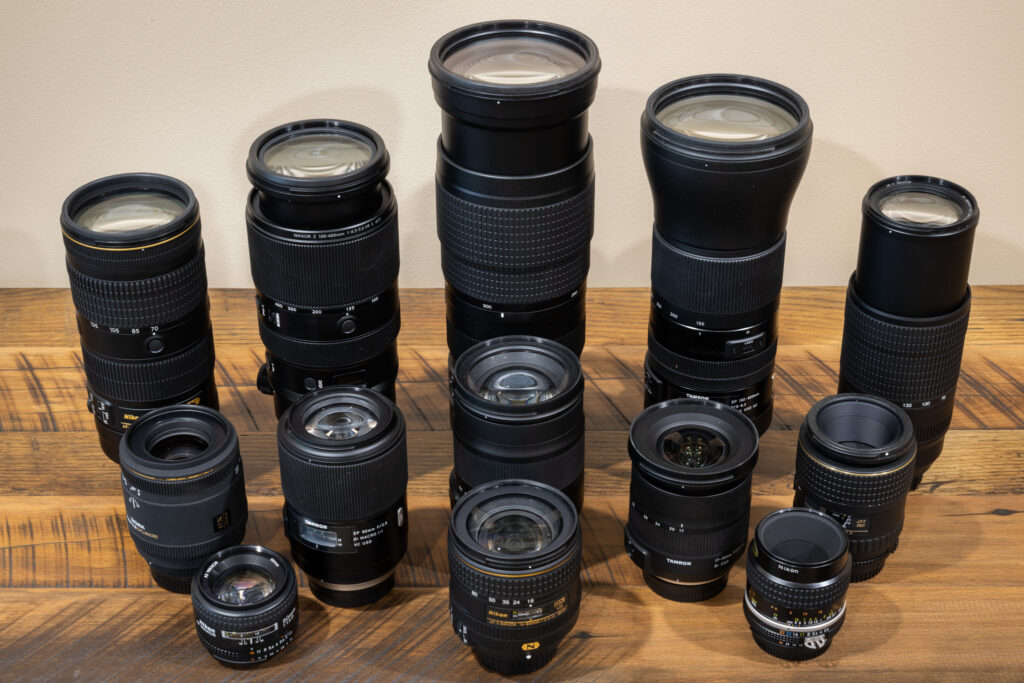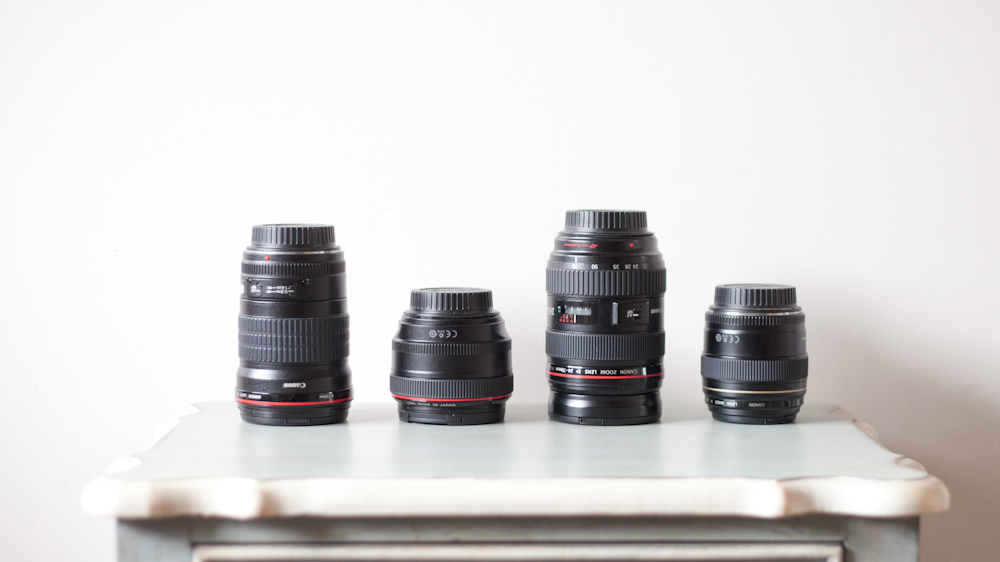Distance Converter
A DSLR or Mirrorless camera would be incomplete without the support of the lens. Lens will help us focus faster and more accurately, capture in all conditions and produce excellent-quality photos. But not everyone knows how to choose the right lens. So 7 Tips For Buying Camera Lenses will guide you in choosing a camera lens to help you make the best decision.
Explanation of terms
To choose a good lens, you must rely on the parameters of the lens to compare and then decide. If you are a new player, you will surely be overwhelmed by the thousands of numbers and information that the manufacturer provides.
It would be confusing. However, you only need to focus on the following metric to get an idea of what that lens means. Don’t worry we will help you answer technical terms in detail and be easy to understand.
Focal length: The distance from the optical center of the lens to the focal point. Shows the angle of view of the lens.
Aperture: Shows the maximum light that the lens can capture.
Image stabilization: This feature prevents blurred images due to shaking.
Format: Lens has a full frame or crop sensor depending on your choice
Lens mouth: Indicates whether this lens is compatible with your camera.
Guide to choosing a lens for your camera
Focal distance
Focal length is the first number you see. Focal lengths are indicated by the numbers immediately preceding the mm mark. When choosing a camera lens for a particular function, keep in mind that the sensor in the camera will affect the number of angles of view of the lens.

The smaller this number, the wider the angle of view of that lens. Thus, more images will be obtained. For example, an 18mm lens will capture more images than a 24mm lens. If the lens shows 2 numbers like 18-55mm, it means this is a zoom lens. If only a number is displayed, it is a fixed lens.
Aperture
The aperture is the opening of the lens. It represents the maximum amount of light that the lens can capture at a given focal length. For example, the 18-50 F2.8: 18-50 lens is a focal length of 18 to 50 mm. F2.8 is the maximum aperture of the lens in the focal range. But with the 18-200 F3.5-5.6 lens: the maximum aperture is F3.5 at an 18mm focal length. At 200mm, the maximum aperture is F5.6.
The aperture of the lens is expressed in different ways. The most popular is FX. But it can also be f/X, 1:X where X is the parameter representing the maximum aperture. The smaller the X, the larger the aperture the lens can open and the more light it can capture. Once there, it allows you to shoot in fewer light conditions without the need for a flash.
Image Stabilization
Image stabilization is an important factor when choosing a lens. Because it is related to image quality. It allows the use of slower shutter speeds in low-light situations to reduce image blur caused by shake. Reputable brands in the market have different image stabilization. This is the next information in 7 Tips For Buying Camera Lenses.
Manufacturers have different names for this feature:
Canon – Image Stabilization (IS)
Nikon – Vibration Reduction (VR)
Panasonic and Samsung – Optical Image Stabilization (OIS)
Sony (Alpha camera) – Super Steady Shot. (SSS)
Sony (Nex) – Optical Steady Shot (OSS)
Sigma – Optical Stabilization (OS)
Tamron – Vibration Control (VC)
Fuji – Optical Image Stabilization (OIS)
Sensor Format

Most DSLR cameras use an APS-C sensor with a size of 24x16mm. And almost every major manufacturer equips lens systems optimized for cameras with APS-C sensors. So don’t worry that your camera won’t have the right lens. This is the next information in 7 Tips For Buying Camera Lenses. Lens symbols for APS-C sensors:
Canon – EF-WILL
Nikon – DX
Pentax – DA
Sony – DT
Sigma – DC
Tamron – Di-II
Tokina – DX
Lens mount
The mount is the latch that locks the lens to the camera. Some manufacturers offer different mounts for their cameras. Therefore, you cannot attach Canon lenses to Nikon cameras. Therefore, if desired, temporary converters must be used.
Autofocus

This is an extremely useful and important feature. There are 3 main ways to autofocus:
Screw drive: This is the method of using the focus motor on the camera body. This way of focusing is almost only available to older generations.
Micromotor: This is a type of lens that uses a small motor inside to focus. Lenses with this type of focus are usually quite cheap.
Ultrasonic: This is an ultrasonic motor focusing lens. Any lens that possesses this feature is also the most expensive and high-end lens. Because of the ultrasonic motors, the lens focuses well without making any noise.
Names of Ultrasonic focusing technology of different brands:
Canon – Ultrasonic Motor (USM)
Nikon – Silent Wave Motor (AF-S)
Olympus – Supersonic Wave Drive (SWD)
Pentax – Supersonic Drive Motor (SDM)
Sigma – Hypersonic Motor (HSM)
Sony – Supersonic Wave Motor (SSM)
Tamron – Ultrasonic Silent Drive (USD)
Lens quality and all-weather usability
The more expensive the lens, the better the quality. If possible, choose lenses that are dust and water-resistant. This is the next information in 7 Tips For Buying Camera Lenses.
Conclusion
Above are the lens selection guide that 7 Tips For Buying Camera Lenses for you. Hope you find the right lens for your camera.